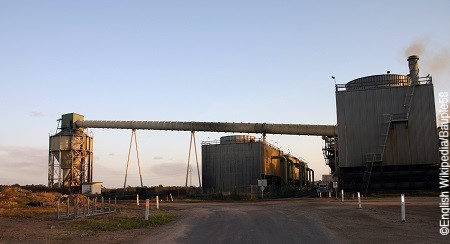السلاسل الغذائية الزراعية
تتناول هذه الصفحة مشاريع المنظمة بمختلف مراحلها في السلاسل الغذائية، بما فيها المشاريع المتصلة بالتكنولوجيات المستدامة من حيث استخدام الطاقة وأداة لتحديد الاحتياجات المائية للمحاصيل في موقع ما.
Agrifood chains are the linked events in the agricultural production of food – the process being a chain of events from production to processing, trading, distribution and consumption. Literally “from field to fork”.
At each stage of this food supply chain, current practices can be adapted to become less energy intensive and therefore smarter. Such efficiency gains can often come from modifying existing farming and processing practices at little or no cost. Steps include the use of more fuel efficient engines, the use of compost and precision fertilizers, irrigation monitoring, the adoption of no-till farming practices and the use of less-input-dependent crop varieties and animal breeds.
After food has been harvested, improved transportation and infrastructure, better insulation of food storage facilities, reductions in packaging and food waste, and more efficient cooking devices offer the possibility of reducing additional energy use in the food sector. Click on the left side bar for more information on current projects.
The Energizing Agriculture Assessment Tool (EAAT)
The Energizing Agriculture Assessment Tool (EAAT) provides insight into the energy use of an agriculture value chain. It assesses current energy use, needs, energy intervention options and the related economic and GHG emission levels during production and processing. The tool helps understand where the use of energy could be further improved, and where energy issues might cause operational bottlenecks. Users can select possible energy interventions by substituting equipment and/or energy sources across the value chain, including renewable energy technology. The tool also reveals possible economic and energy savings and potential to cut emissions.
By helping to understand the agriculture and energy nexus, the EAAT tool can be used to make informed decisions on agroindustry and development, climate change adaptation and mitigation, the related sector policies, and ultimately country NDCs.


